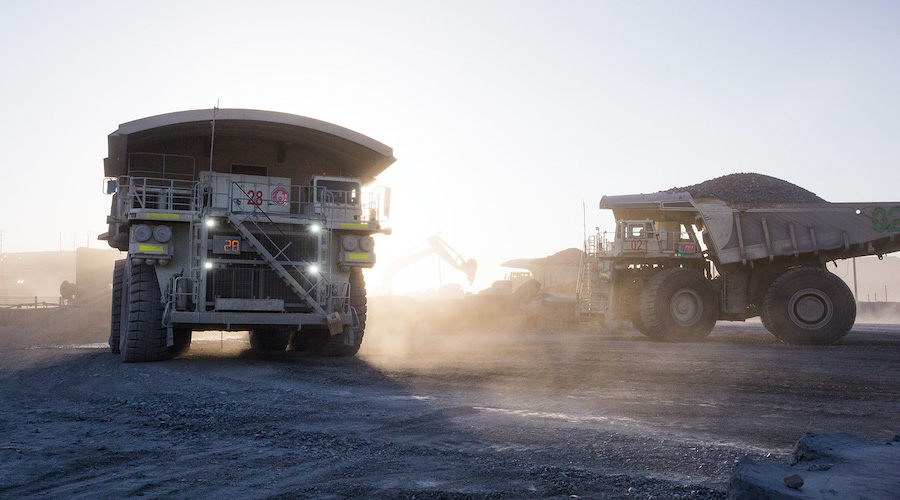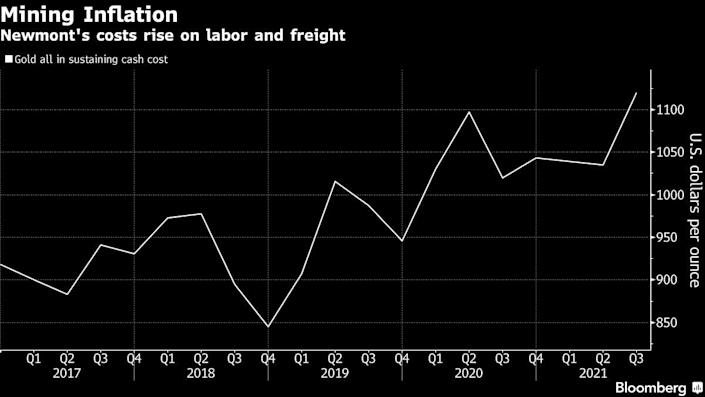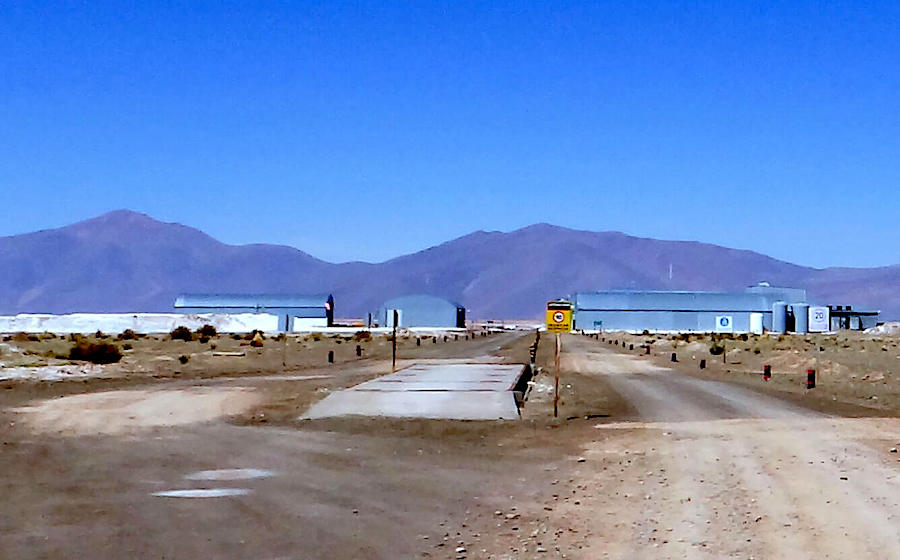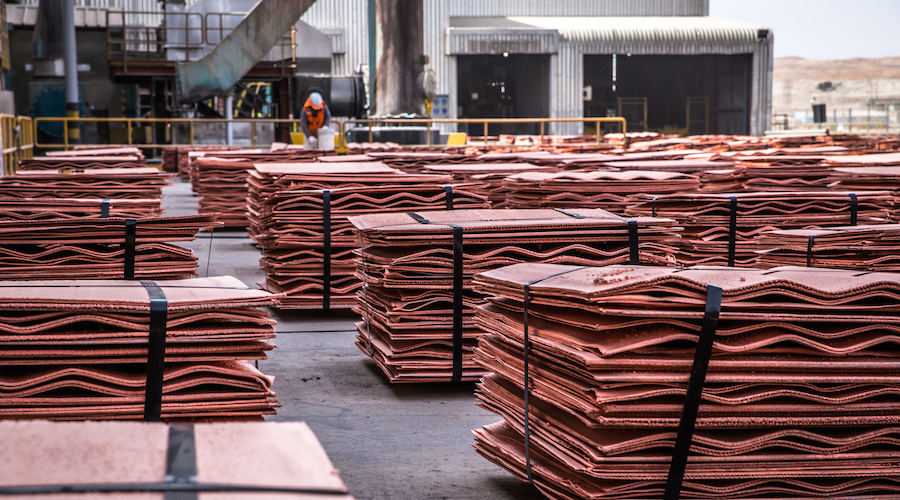Newmont cuts guidance on pandemic hit

Newmont (NYSE: NEM, TSE: NGT) the world’s top gold producer, cut its annual production target by 500,000 ounces on Thursday, citing a hit from the pandemic as well as operational issues, after its quarterly adjusted profit missed market estimates.
Mining companies are navigating lingering operational restrictions during the pandemic. At the same time, tight labor markets and pricier freight, energy and other inputs are pushing up costs as supply-chain snarls continue to impact shipping of everything from bulldozers to iron ore.
Those headwinds are hitting bullion producers harder than base metal miners, given gold prices are down from a year ago.

The company said its Tanami mine in Australia was placed under care and maintenance due to covid-19 restrictions, while Canadian sites witnessed pandemic-related absenteeism and a tightening of the labor market, pushing production lower in both countries.
Newmont also said its Boddington mine in Australia was hit by severe weather and operational delays, while production at its Nevada gold mines was expected to be at the lower end of its annual forecast ranges.
The company raised its forecast for all-in sustaining costs (AISC) to $1,050 per ounce, $80 higher than its previous outlook, citing lower production and increased royalties and taxes.
Newmont now expects annual attributable gold production of about 6 million ounces, compared with 6.5 million ounces forecast earlier.
The company’s third-quarter adjusted profit fell 30% to $483 million, or 60 cents per share, as bullion prices and sales declined.
Average prices for Newmont’s gold was $1,778, down $135 per ounce from a year earlier, while attributable gold production fell 6% to 1.45 million ounces.
Gold AISC for the quarter rose 10% to $1,120 per ounce, due to lower sales, higher diesel costs and increased capital spend.
Newmont said it now expects an investment decision on its Yanacocha Sulfides project to expand gold production in Peru in the second half of 2022, a month after the company said the project had been delayed.
The company’s shares fell as much as 5.3%, the steepest intraday decline since mid-June.
(With files from Reuters and Bloomberg)
Related Article: Gold price back above $1,800 as Fed prepares to taper asset purchases
{{ commodity.name }}
{{ post.title }}
{{ post.date }}



Comments